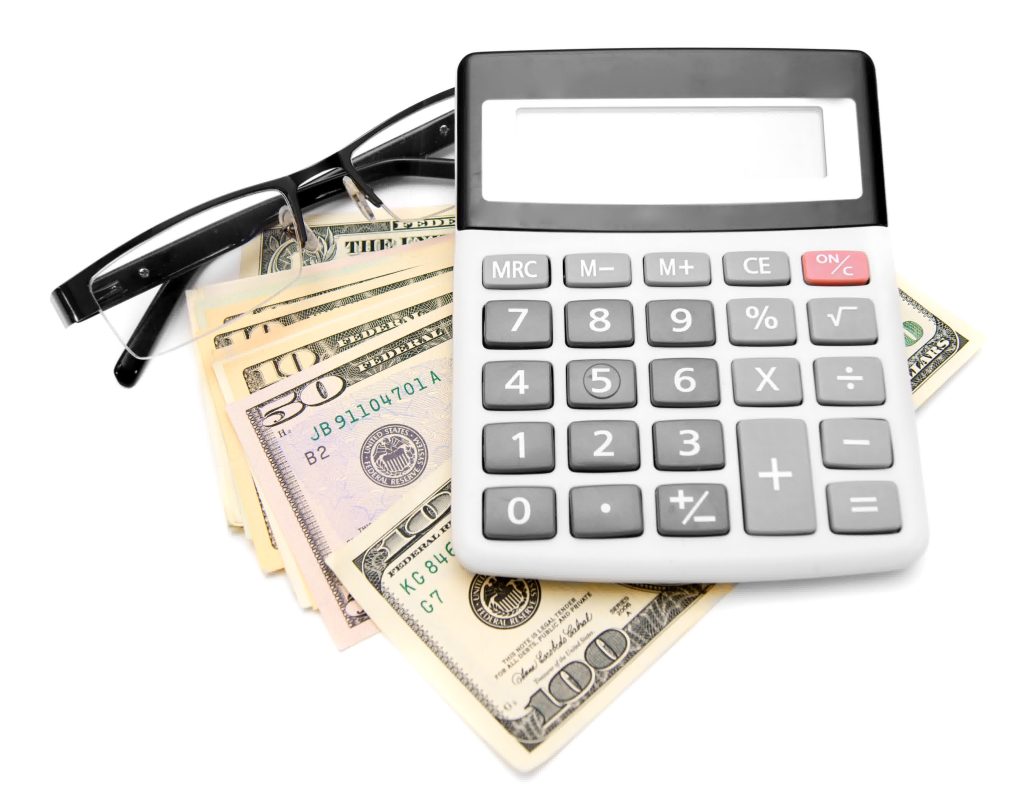Welcome to our discussion on ways to save on gas boiler heating costs this winter. In this article, we will explore a variety of tips and techniques that can help you reduce your energy consumption and lower your heating bill.
- Adjust the thermostat: Setting your thermostat to a lower temperature when you are away or asleep can help to reduce energy consumption. You can also consider using a programmable thermostat to automatically adjust the temperature based on your schedule.
- Service your boiler regularly: Regular maintenance can help to ensure that your boiler is running efficiently and can extend its lifespan.
- Use weather stripping and draft stoppers: Drafts can allow cold air to enter your home, which can increase your heating costs. Using weather stripping and draft stoppers can help to reduce drafts and keep your home more energy efficient.
- Close doors and vents: Closing doors and vents in unused rooms can help to keep the heat in the areas of your home that you are using, which can help to reduce your energy consumption.
- Use a space heater: If you only need to heat one room, consider using a space heater instead of heating your entire home. This can help to save energy and lower your heating costs.
- Keep your boiler clean: Dust and dirt can accumulate on the surface of your boiler and cause it to work less efficiently. Regularly cleaning the surface of your boiler can help to improve its efficiency and reduce energy consumption.
- Use low-flow showerheads: Taking shorter showers and using low-flow showerheads can help to reduce your hot water usage, which can in turn reduce the workload on your boiler.
I hope this article has provided you with some useful tips and ideas for saving on gas boiler heating costs this winter. Remember to insulate your home, upgrade to a high-efficiency boiler, adjust your thermostat, and use weather stripping and draft stoppers to keep your home energy efficient. With a little effort and planning, you can keep your home warm and comfortable this winter while also saving money on your energy bills.



























